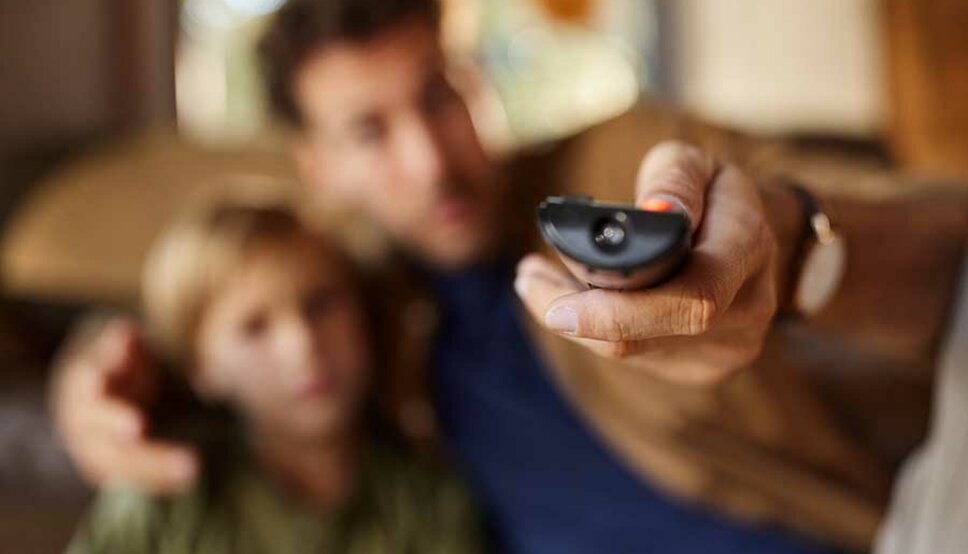Anxiety Disorders
Anxiety disorders are a group of mental health conditions that may cause anxiety—a state of distress, uneasiness, apprehension, or tension.
Sub Header
Although it is common for children to be fearful or worried from time to time as they grow up, a child may have an anxiety disorder if they have signs of extreme anxiety or fear that impacts their daily activities and relationships.
Header Image Media

Flexible Content
Call to Action Block
Treatment
A psychotherapist or a child and adolescent psychiatrist can treat anxiety disorders.
Several types of treatment are effective for anxiety disorders, including psychoeducation, psychotherapy (in particular, cognitive behavioral therapy), and anti-anxiety or anti-depressant medications (in particular, Serotonin Reuptake Inhibitors or SRIs).
If the anxiety disorder is affecting the child’s ability to learn, adjustments may need to be made in his or her education program.
Quicklinks
Centers and Programs




